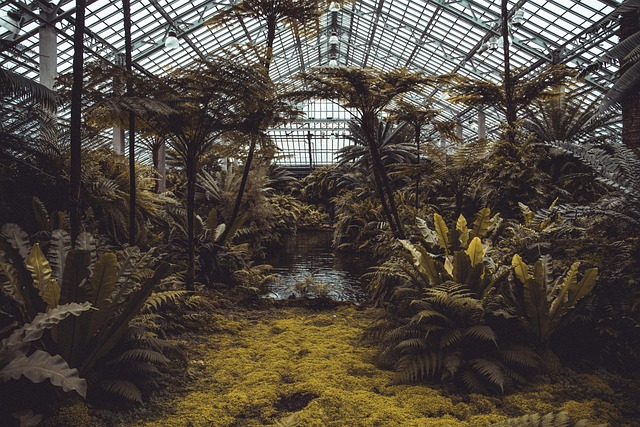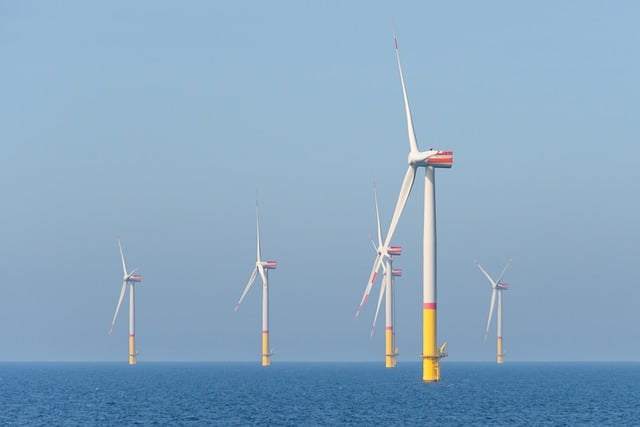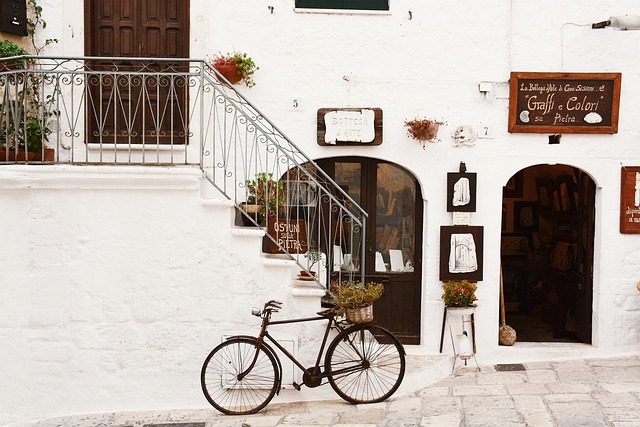The Future of Sustainable Living: Revolutionizing Eco-Architecture with Green Technologies and Carbon Neutral Designs
As we move deeper into the 21st century, the necessity for sustainable living becomes increasingly apparent. The concept of eco-architecture has emerged as a beacon of hope in our quest to reduce our ecological footprint and create a harmonious relationship between humans and nature. This blog explores how revolutionary green technologies and innovative carbon-neutral designs are paving the way for a brighter, more sustainable future.
Sustainable Development: A Call to Action
Sustainable development is not just a buzzword; it’s a responsibility that we all must embrace. It embodies the idea that we can meet our present needs without compromising the ability of future generations to meet theirs. Eco-architecture plays a pivotal role in this philosophy, as it aims to design buildings that not only protect the environment but also enhance the quality of life for their inhabitants. From energy-efficient insulation to solar panels, eco-architecture is reshaping our urban landscapes into green havens.
Understanding Our Ecological Footprint
Every action we take leaves a mark on the planet, known as our ecological footprint. Understanding this concept is crucial for making informed choices about how we live and build our communities. Eco-architecture provides solutions to minimize this footprint by integrating sustainable materials and optimizing resource use. For instance, buildings designed with natural ventilation can reduce reliance on artificial heating and cooling, resulting in lower energy consumption and a smaller ecological impact.
Green Technologies Leading the Charge
The rise of green technologies has been a game-changer in the field of eco-architecture. Innovations such as rainwater harvesting systems, photovoltaic panels, and biodegradable building materials are not just trends; they represent a fundamental shift in the way we construct our environments. These technologies enable homes and commercial buildings to operate more sustainably, reducing their reliance on non-renewable resources. Moreover, smart home systems powered by artificial intelligence optimize energy usage, ensuring that every watt is used efficiently.
Carbon Neutral Designs: Building for Tomorrow
Carbon neutrality has become a cornerstone of modern eco-architecture. Carbon-neutral designs aim to balance the amount of carbon released into the atmosphere with an equivalent amount sequestered or offset. This is achieved through various strategies, such as utilizing renewable energy sources, implementing energy-efficient designs, and prioritizing sustainable transportation options within communities. Buildings that incorporate these principles not only contribute to a healthier planet but also foster a sense of community engagement and responsibility.
As we look towards the future of sustainable living, embracing eco-architecture is more than just a design choice; it’s a lifestyle commitment. By prioritizing sustainable development, understanding our ecological footprints, leveraging green technologies, and striving for carbon-neutral designs, we can create resilient communities that thrive in harmony with nature. The journey toward a sustainable future starts with each of us, one eco-friendly decision at a time.




